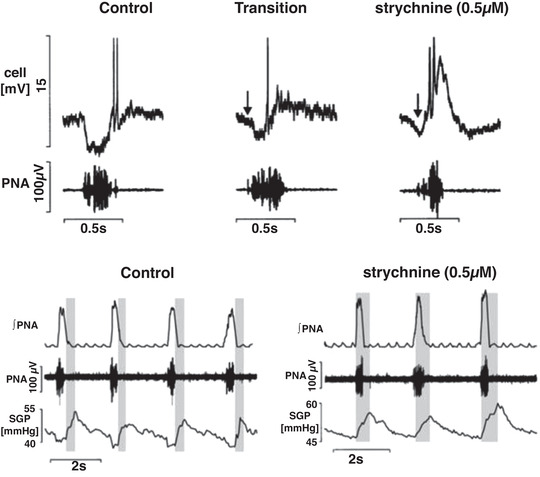Figure 4. Glycinergic synaptic inhibition was fundamental to the three‐phase respiratory rhythm and control of the upper airway from birth.

Data from a 3‐day‐old rat showing post inspiratory activity (upper traces) characterised by inspiratory inhibition and post‐inspiratory rebound excitation. Phrenic nerve activity (PNA) determined neural inspiration. In absence of glycinergic inhibitory synaptic transmission, the inspiratory hyperpolarisation reversed to depolarisation and firing. The effects on upper airway control were dramatic as subglottal pressure (SGP) (increase in pressure = glottal abduction, decrease = glottal adduction) increased during neural inspiration indicating elevated resistance, which is pathological. Glycine‐mediated synaptic inhibition is vital for breathing and glottal coordination such as during swallowing. Data from Dutschmann and Paton (2002b).
